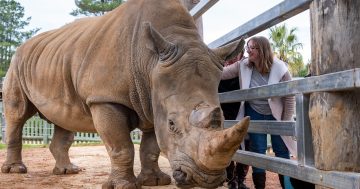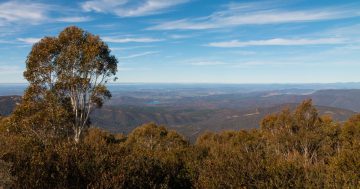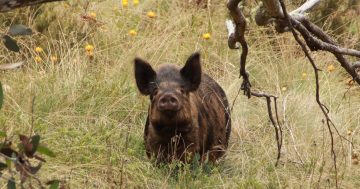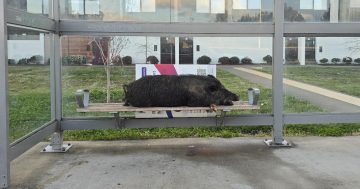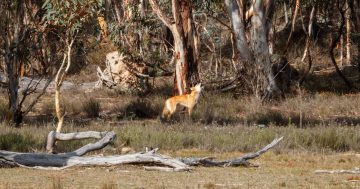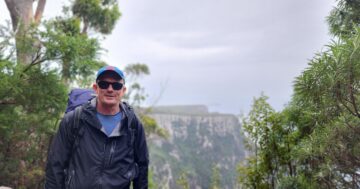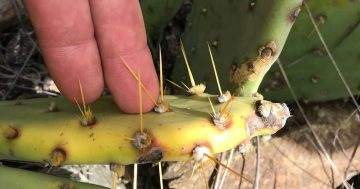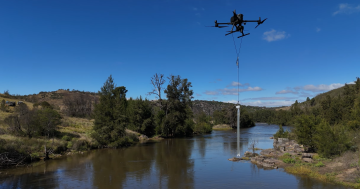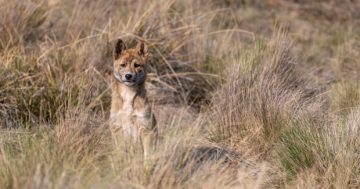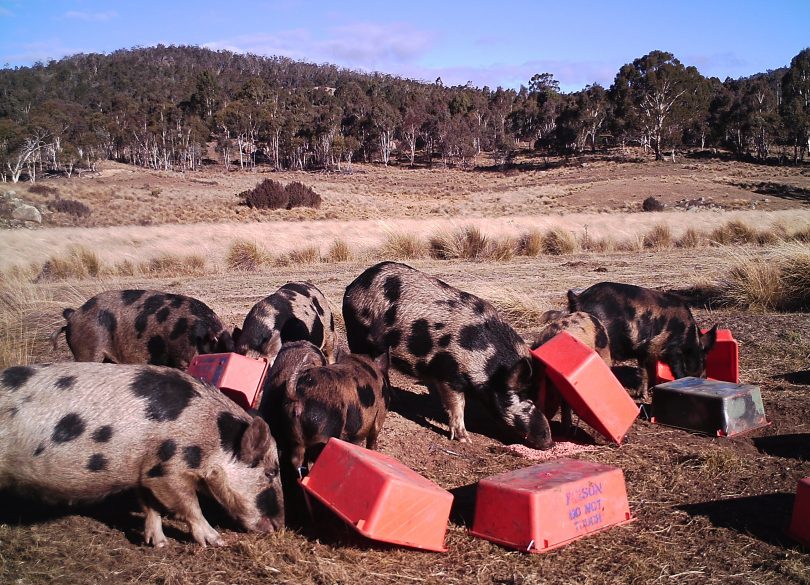
Pigs take the bait in Namadgi National Park. Photo: ACT Parks and Conservation Service.
Over 275 feral pigs have been culled in Namadgi National Park, with the ACT Parks and Conservation Service completing its annual control program.
ACT Parks and Conservation director Daniel Iglesias said the program, which has been conducted since 1985, was designed to stop feral pigs from causing substantial environmental damage to the park.
“When feeding, pigs ‘root’ or ‘rip’ up areas of vegetation which can damage wetlands, stream banks and areas of intact native vegetation. They can also spread weeds,” Mr Iglesias said.
“The feeding behaviour and wallowing of pigs can have a significant impact on sensitive, high ecological value areas like the sphagnum bogs and montane streams within the water catchment of Namadgi National Park.”
Feral pigs have a huge impact on the environment and agricultural productivity. In recent months we’ve run extensive control programs in Namadgi and the Murrumbidgee river corridor. We’re also working with neighbouring farmers through the National Landcare Program to reduce pig impacts bit.ly/FeralPigControl
Posted by ACT Parks and Conservation Service on Monday, June 25, 2018
Mr Iglesias said feral pigs were also a significant pest to farmers by ripping up valuable pasture, damaging fences and killing lambs.
“Since the program began, monitoring had indicated that both the numbers of pigs and damage within the park has been significantly reduced,” Mr Iglesias said.
“Along with our other efforts managing other pest species such as rabbits, the control program has been vital in helping protect the ACT’s water supply.
“It also helps protect a wide array of rare flora and fauna including corroboree frogs, broad-toothed rats, Macquarie perch, trout cod, and alpine plants.”
This year, the ACT Parks and Conservation had expanded the control program beyond Namadgi to work collaboratively with 20 rural landholders in southern ACT to achieve coordinated cross-tenure pig control.
“This collaboration has seen a strong uptake and been a really positive development,” Mr Iglesias said.
“The partnership has been made possible through the National Landcare Program, the Australian Government’s Managing Established Pest Animals and Weeds Initiative and the work of the ACT Regional Landcare Facilitator.”
Smaller control programs are also under way along the Murrumbidgee River Corridor, Molonglo River Reserve and areas of Canberra Nature Park.











